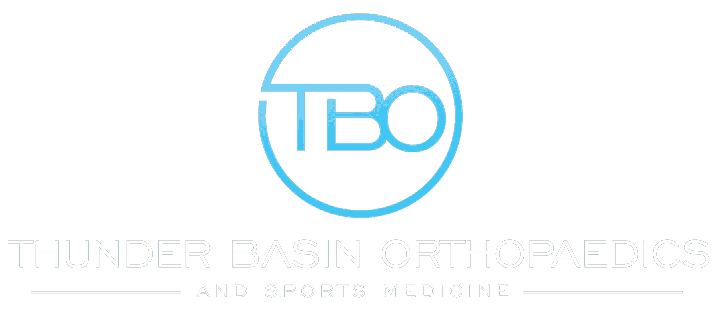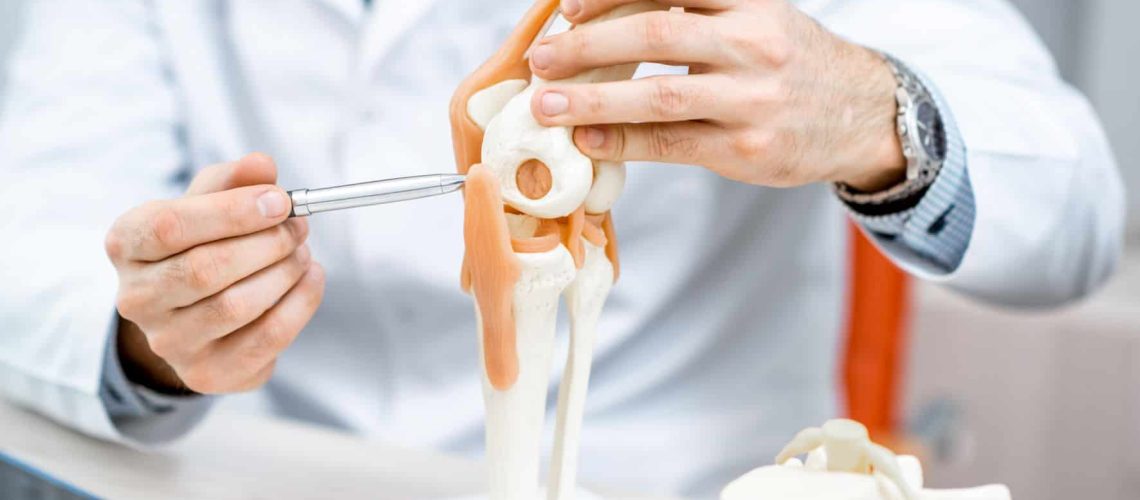Knee injuries are one of the most common injuries in the US. Almost 1 million knee surgeries take place in America every year.
Knee arthroscopy is used to both diagnose and treat your knee issue in one minimally invasive procedure. If you suffer from knee problems that include pain and discomfort that don’t seem to get better after medicine and exercise, knee arthroscopy may be your best option.
This Q&A will help you understand not only what knee arthroscopy is and does, but shed light on what recovery and results are like as well.
Contents
What Is Knee Arthroscopy?
An arthroscopy (also called scoping) is a surgical procedure that orthopedic surgeons use to diagnose and treat problems in joints. In a knee arthroscopy, the surgeon will use a small camera to look at the inner structures of your knee joint without having to open up the entire area.
During knee arthroscopy surgery, anesthesia (local or general) is administered and small incisions are made in the knee allowing for a small optical device with a camera to be inserted into the area. The camera allows an orthopedic surgeon to get a better look at your knee joint with minimal disturbance to nearby tissues needed.
What’s Unique About My Knees?
Your knees are the largest joints in your body and give a great deal of support and mobility to your body. Most knee problems involve the soft tissue in your knee, including your ligaments, cartilage, tendons, muscles and menisci. Since your knee is such a large part of your daily movement, it can be injured in many different ways. Thankfully knee arthroscopy can help relieve a myriad of knee issues in a way that won’t leave you in bed for months, recovering.
What Does Knee Arthroscopy Treat?
Using this minimally invasive technique, the orthopedic surgeon can get inside your knee to take a closer look and treat any of several types of serious knee issues that may affect you.
Some of the procedures that can be carried out with knee arthroscopy are:
- Meniscus tear repair
- Patella realignment
- Removal of inflamed synovial tissue
- Correction of cartilage defects
- Removal of small torn pieces of articular cartilage
- Removal of loose pieces of bone or soft tissue from injury
- Repair of ligaments such as the ACL (anterior cruciate ligament), MCL (medial collateral ligament) or LCL (lateral collateral ligament)
Do I Qualify For Knee Arthroscopy?
A doctor may recommend knee arthroscopy to a patient if they have knee pain that is not responding to nonsurgical treatments such as pain medication, cortisone injections or physical therapy. Among the other things scoping can do, knee arthroscopy is often successful in helping reduce or eliminate pain associated with cartilage damage or soft tissue damage.
What Is Recovery Like?
After the surgery, it is common to have a bandage or just a couple stitches. Most people go home the same day after their surgery. Your doctor will prescribe you pain medication and exercises to work on after your surgery. You could also be referred to a physical therapist, depending on the type of surgery.
The recovery length and prognosis depends on the issue the procedure is intended to fix. Problems such as a torn meniscus or damaged cartilage are often fixed quite easily and you will begin exercises to regain muscle you may have lost from favoring your other leg shortly after surgery.
For more complex procedures, recovery may take longer, but the results can be life-changing, especially for athletes and other very active patients. If parts of your knee have been repaired or rebuilt, you may be required to walk with crutches or a knee brace for several weeks. Full recovery may take several months to a year along with frequent physical therapy sessions for more serious surgeries.
What Are The Risks?
Knee arthroscopy is a very common, safe, and minimally invasive surgical procedure, so the risks are very low. Make sure to follow all of your doctor’s recommendations after your surgery to reduce the risk of any complications and infections. Overall, knee scoping is a very useful technique for diagnosing and treating knee ailments, and the benefits typically far outweigh the risks.
Get Back On Your Feet with Thunder Basin Orthopaedics
If you’re suffering from knee pain, it’s important to consult with an orthopedic specialist that can help determine what the best course of treatment is.
Treating everything from fractures and traumatic injuries to joint replacement and sports injuries, Thunder Basin Orthopaedics and Sports Medicine gives individualized treatment using a variety of techniques to operate with less damage to the body.
Looking for the skilled staff and top surgeons to get you back on your feet and back in the game? Request an appointment at Thunder Basin Orthopaedics and Sports Medicine today, and get a head start on getting back to living life to its fullest and working toward becoming pain free!


